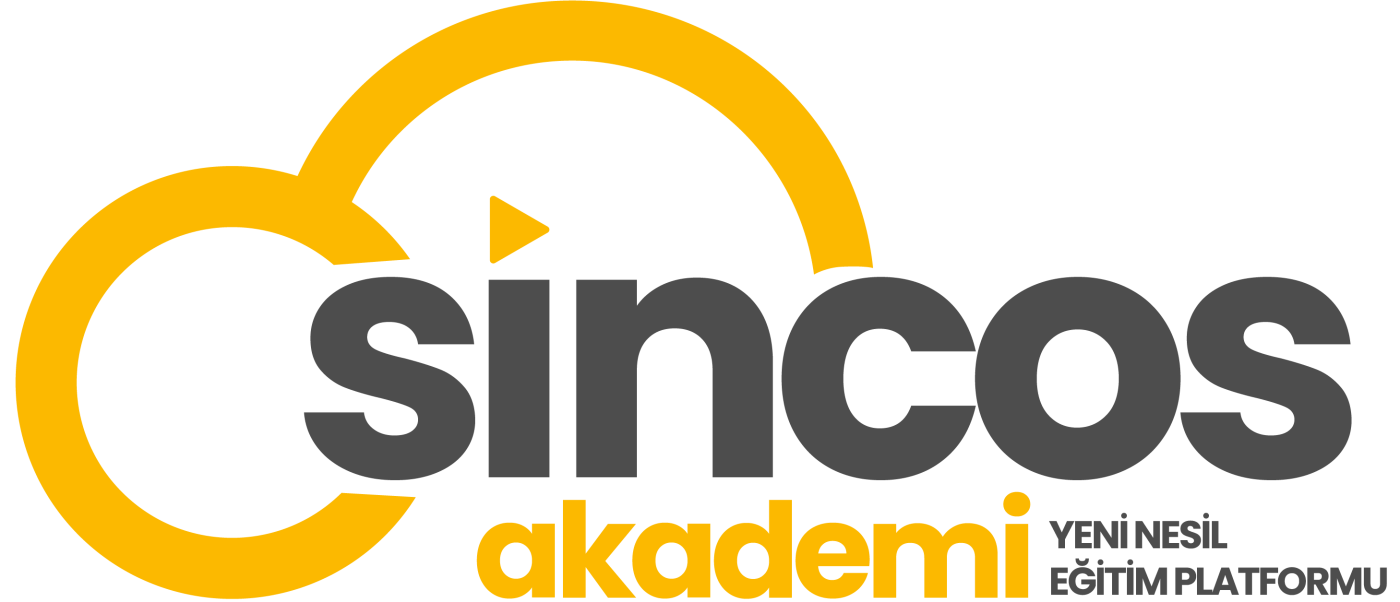Bookkeeping
Are Fixed Assets Current Assets? Similarities & Differences

By definition, any asset that is guaranteed to last at least one year would be considered a fixed asset. However, fixed assets have varying depreciation cycles, the length of which depends on the type of physical asset. The classification of assets directly influences a company’s financial health.

Ask Any Financial Question
Briefly stated, anything that will enable you to establish a liquid flow of cash can be deemed as a current asset. This is simply the money that’s sitting in your bank account/savings account, tills in your shop, your wallet, or any spare change in your pocket!. It’s readily available cash that the business has immediate access to (the most liquid of liquid assets).

Software vendors
- Unlike fixed assets, which are intended to last for at least one year before eventually depreciating, current assets are those that can be converted into cash or cash equivalents within one year.
- Any type of furniture or fixture used by the company such as office supplies, desks, chairs, lights etc., are examples of fixed assets.
- A fixed asset is a long-term asset or an asset held by the company for a period longer than that of an accounting period such as property, plant, ….
- Fixed assets appear on the company’s balance sheet under property, plant, and equipment (PPE) holdings.
- Examples of current assets include Cash in hand, Cash at the bank, Stock, Debtors, etc.
- It can be cash in the bank, accounts receivables or simply assets to be used in the short-term.
They are one of the most fundamental elements of company operations as without them it can difficult to run daily activities. Usually they are listed in the non-current asset section of the balance sheet and purchased with the intention of use instead of resale. Since current assets are expected to be sold and converted into cash within one year, that leaves anything meant for long term use—such as property, plant, and equipment (PP&E)—as fixed assets. Any tangible item that a business owns and uses to generate income is considered a fixed asset, also sometimes called a long-term asset.
How do current assets and noncurrent assets differ?

This detailed software comparison benchmarks the top solutions for small businesses. For years, you’ve lovingly built and curated your fixed asset depreciation spreadsheet. Fixed Asset Software For Sage Intacct AssetAccountant was approached by Sage Intacct in 2020 to be the recommended fixed assets … Managing revaluations and impairments of fixed assets One of the areas of complexity that our users come to us with …

Current assets are not depreciated because they are expected to be used or converted within a year. Current assets are any assets that will provide an economic benefit for or within one year. Fixed assets by definition have a useful life of longer than one year. Your balance sheet gives you a snapshot of your business’s finances. Keeping current and fixed assets updated regularly in your books will help you create accurate balance sheets, evaluate your spending habits, and efficiently plan budgets.
- These might be things that support the company’s primary operations, such as its buildings, or that generate revenue, such as machines or inventory.
- Keeping on top of your lease accounting disclosures is more important than ever with the new changes to International Accounting …
- The articles and research support materials available on this site are educational and are not intended to be investment or tax advice.
- Net fixed assets are also known as “net property, plant, and equipment” (net PP&E).
- It is used to assess a company’s financial health and provide a quick overview of what the company owns, its debts, and its shareholder investments.
- Current assets are either already cash or can be made into cash within (usually) one year.
- This metric helps in analyzing asset utilization trends over time and in financial planning.
The Importance of a Balance Sheet
Companies can depreciate the value of these assets to account for wear and tear. Fixed assets commonly appear on a company balance sheet as property, plant, and equipment (PP&E). Since current assets can be easily converted into cash, they provide a buffer against financial difficulties and economic downturns. In contrast, fixed assets are more exposed to risk as they are tied up in long-term investments that may be affected by changes in technology, market conditions, or regulatory requirements. This makes fixed assets more vulnerable to depreciation and obsolescence.

What Are Assets? Types and Examples
These assets can also be referred to as “non-liquid” simply as they are not fluid enough to be easily sold and turned into cash. For a smooth operation, you need to know where your assets are fixed asset accounting located and quantities they are being used in. Using an asset management system, you can ensure real-time fixed asset tracking by checking the location of assets – enhancing their security..
Difference Between Fixed Assets and Current Assets
- When evaluating a company’s financial health, understanding its assets is crucial.
- On the other hand, if there is a grocery store, in which the calculator is used by the merchant to calculate the total amount of the invoice, then it is a capital asset of the business.
- For example, machinery or vehicles are supportive for the administrative functions.
- These assets can also be referred to as “non-liquid” simply as they are not fluid enough to be easily sold and turned into cash.
- If the car is used in a company’s operations to generate income, such as a delivery vehicle, it may be considered a fixed asset.
In accounting, what is the definition of current assets?
- By clarifying these differences, we aim to help organizations optimize their asset classification strategy.
- Understanding this difference helps businesses balance immediate financial obligations and long-term investments, ensuring a robust financial strategy.
- Instead, these assets are often tested for impairment, and if there is an indication that their value has decreased, an impairment charge may be recorded on the financial statements.
- With time, these assets depreciate in value such as PPE (property, plant, equipment).
